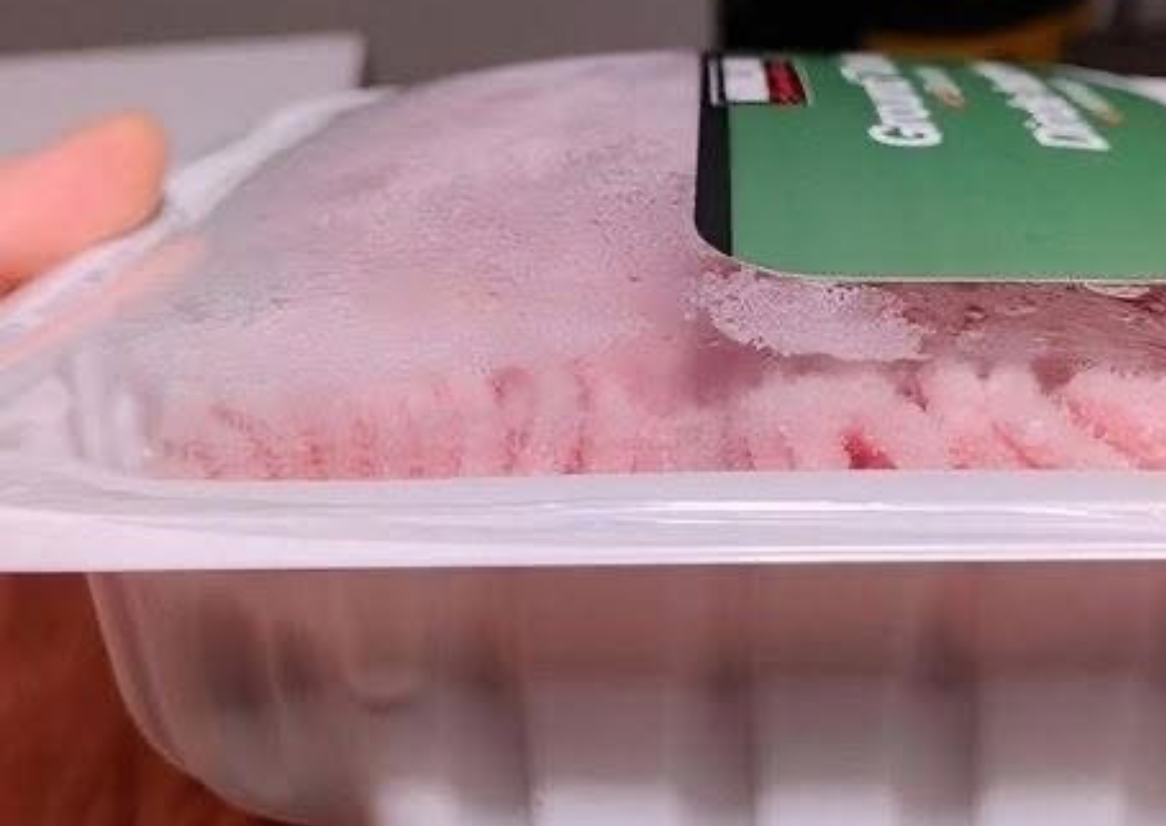Certainly! While “bloated food packaging” isn’t a recipe itself, it’s an important food safety topic. When you see bloated or swollen packaging, especially on canned or vacuum-sealed items, it often signals spoilage, gas buildup from bacteria, or contamination. But to give this an educational culinary twist, here’s a creative and informative approach you might enjoy:
⚠️
Bloated Food Packaging: What It Means, Why It Happens & What to Do
📖
Introduction
Have you ever picked up a sealed package of meat, canned soup, or even a bag of salad and noticed it looked puffed up like a balloon? That’s not a sign of freshness—it’s a red flag. Bloated food packaging is often a sign of bacterial growth, gas buildup, or temperature abuse. And it’s something you should never cook or eat from.
This guide explains the science behind it, what causes it, and how to stay safe.
🧪
Why Does Food Packaging Bloat?
1.
Gas-Producing Bacteria
- Spoilage bacteria like Clostridium perfringens, Clostridium botulinum, or lactic acid bacteria can grow inside sealed packaging.
- These bacteria release gases (like CO₂ or hydrogen), which get trapped and inflate the packaging.
2.
Fermentation
- If sugars are present, especially in dairy or vacuum-sealed vegetables, fermentation can happen from lactic acid bacteria, producing gas and bloating.
3.
Temperature Abuse
- Improper refrigeration or a break in the cold chain (during shipping or storage) allows bacteria to multiply rapidly.
4.
Defective Sealing
- If packaging isn’t properly vacuum-sealed or heat-treated, it can trap air or allow microorganisms inside.
❌
Foods You Should NEVER Eat If the Packaging Is Bloated:
- 🥩 Raw or cooked meats
- 🧀 Packaged cheeses (especially soft ones)
- 🥫 Canned goods (especially if also rusty or leaking)
- 🥗 Pre-packaged salads
- 🥛 Yogurt or dairy-based smoothies
- 🐟 Vacuum-packed fish
- 🍲 Ready-made meals or soups
🥣
What NOT to Do With Bloated Packages
- Do not taste-test it. If bacteria like Clostridium botulinum are involved, even a small amount can be deadly.
- Do not cook it to “kill the bacteria.” Some bacterial toxins (like botulinum toxin) are heat-stable and remain dangerous even after boiling.
- Do not open it indoors if it smells bad—it may aerosolize toxins or bacteria.
✅
What TO Do:
- Throw it away immediately.
- If canned and bloated, place in a plastic bag and dispose carefully.
- Do not recycle bloated cans.
- Wash your hands thoroughly after handling.
- Report to the store or manufacturer if the item is within its expiry date.
🧠
Culinary Science Tip: Can You Make a Safe “Bloated” Effect?
Yes—only in fermentation!
In homemade fermented foods like kimchi, sauerkraut, or kombucha, bloating is expected as carbon dioxide is produced. This is safe, as long as:
- You follow clean fermentation practices
- The food smells tangy, not rotten
- The pH remains low (acidic)
🛑 Final Thought:
Bloated packaging = spoiled food.
Always trust your eyes (and nose). If it looks suspicious, don’t cook it—toss it. It’s not worth the risk.
Would you like a fermentation recipe (like kimchi, sauerkraut, or yogurt) that shows how gas can safely build up in food?
